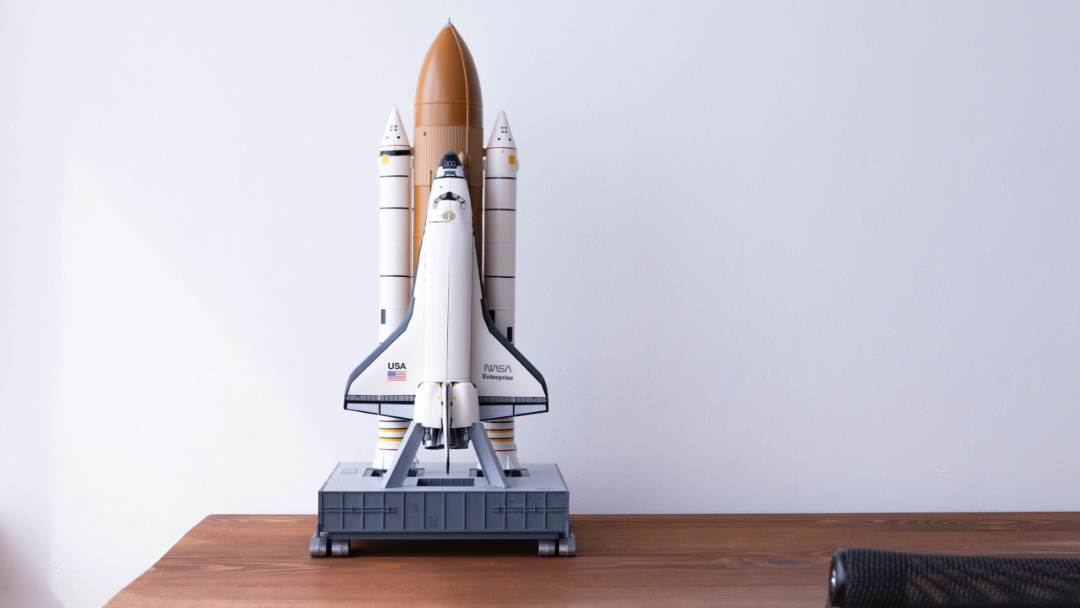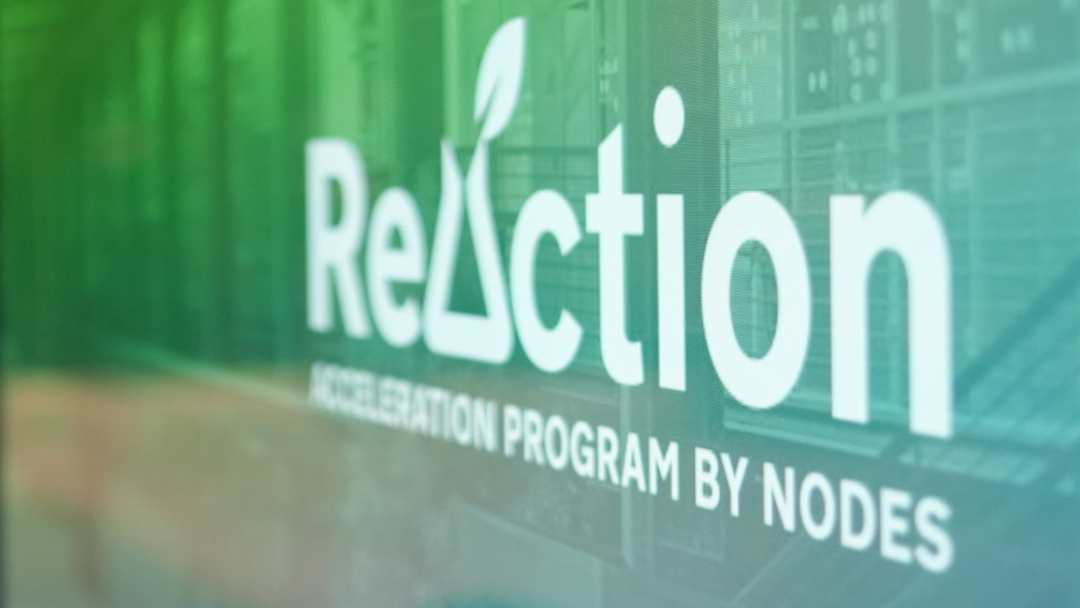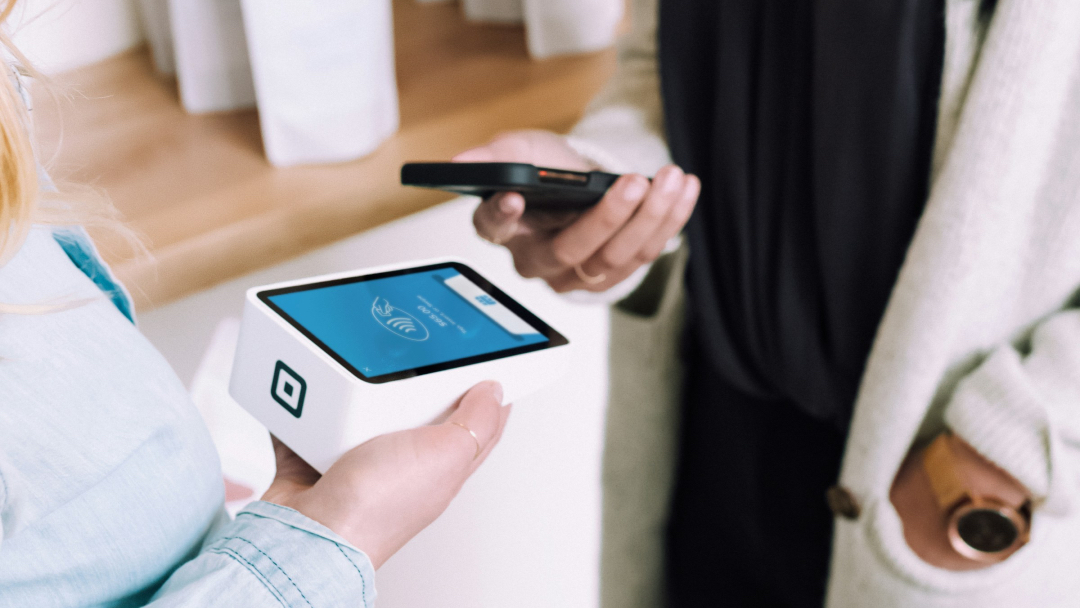Articolo di Maurizio Migliore, MBA, ingegnere in Fisica e Nanotecnologie, attualmente è COO e Co-founder di Formile, startup che sta rivoluzionando il mondo della formazione aziendale. Precedentemente lavora come project manager in Comau (gruppo Stellantis) e come Operations Manager per Uber, per poi fondare la sua prima startup deep tech, Touchless Automation.
Le prime volte, è facile pensare che il lancio di un prodotto sia come chiedere alla persona che ti piace davvero di uscire. Vorresti farlo il prima possibile ma ogni scusa è buona per rimandare. Sai che se le cose andranno bene sarà un’emozione fantastica ed un sicuro successo, ma il rischio di sbagliare ti terrorizza. A peggiorare le cose, pensi che la pressione sociale di un fallimento sarebbe troppo da sopportare.
La realtà però è completamente diversa. Nella maggior parte dei casi, la risposta tipica a un lancio non è un glorioso trionfo o una disastrosa disfatta, ma, se va bene, una tiepida risposta. Ed è per questo motivo che il “lancio” in una startup non va frainteso con i lanci fatti da grandi aziende in stile Apple o Meta (che poi, vedendo alcuni degli ultimi lanci, forse dovrebbero rivalutare qualcosa anche loro). Ma partiamo dal principio.
Ma perché stai lanciando?
“There are no facts inside the building so get the hell outside.”
Steve Blank
In una startup, il motivo del lancio dovrebbe essere uno e uno soltanto: ottenere informazioni dai futuri clienti. Qualunque altro motivo è sbagliato.
Anche se sei un esperto del settore, la maggior parte delle ipotesi dietro al tuo nuovo business sono ancora da testare e validare. Il tuo lavoro in fase iniziale dovrebbe essere capire quali sono le ipotesi più critiche e testarle il prima possibile.
Ci sono passato e so che state pensando “ma che ne so, ci sono centinaia di ipotesi da testare”, perché lo pensavo anche io. Ma ci sono alcune ipotesi che sono più critiche di altre. Ad esempio, se si ha un prodotto che si pensa di vendere direct 2 consumer, il canale di acquisizione più importante del pricing, che magari si può modificare poi in corso d’opera. Se invece si ha un marketplace, avere un’idea sommaria delle percentuali di conversione dei vari step del funnel può cambiare completamente il modello finanziario.
Lanciare vuol dire testare i punti critici, uno alla volta, così da andare a ridurre il rischio totale della tua startup.
Se arriva anche del fatturato, ovviamente doppiamente un successo!
Conosci i tuoi fondamentali
“Se conosci il nemico e conosci te stesso, non devi temere il risultato di cento battaglie.”
Sun Tzu
Prima ancora di pensare al lancio, ci sono alcune cose che devono essere chiarissime e ben definite. Essendo ancora in fase di testing nulla ci impedirà di cambiare tutto
- Segmento di mercato: a chi ti rivolgi, nel dettaglio. E non un semplice “donna, tra i 20 e i 35 anni, che vive in una città”. Vai oltre la semplice demografica e scendi nel dettaglio di interessi, posizione lavorativa, quali siti visita, … Hai sempre tempo ad allargare il target per includere altri segmenti, mentre se parti troppo vago rischi di perdere informazioni importanti. Immagina di avere un prodotto perfetto (conversione 100%) per i padroni di Chihuahua, che poniamo siano il 1% dei proprietari di cani. Con il target “proprietari di cani” avresti una conversione del 1%. Con il target giusto anche i canali diventano molto più chiari.
- Prodotto o servizio offerto: a volte, lavorare a un progetto ci rende un po’ miopi e certe cose che diamo per scontate non lo sono affatto all’esterno. Sii chiarissimo su cosa vendi e a chi.
- Offerta di valore: che problema stai risolvendo? Quale vantaggio evidente e forte stai portando? Se questa risposta non è chiara il rischio maggiore è di sprecare completamente il lancio.
- Canale di acquisizione: fissati i punti sopra, diventa molto più chiaro ragionare su quali siano i canali migliori per far conoscere il tuo prodotto o servizio.
Con questi punti chiari, ora è il momento di mettersi al lavoro!
Quando lanciare
“You don’t have to see the whole staircase, just take the first step.”
Dr. Martin Luther King Jr.
Risposta breve: il prima possibile.
Troppe volte i founder aspettano che il prodotto sia finito, che il copy sia perfetto o che sia tutto come lo vorrebbero. La dura realtà è che è praticamente impossibile azzeccare cosa i clienti vorranno e quindi fare design di conseguenza.
Ovviamente, se siete in mercati altamente regolati o in cui ci sono implicazioni etiche o deontologiche (Medicale, Fintech, …) non prendete questo articolo come scusa per fare i pirati.
Ma non solo bisogna lanciare il prima possibile, ma il più spesso possibile. Come ben detto da Kat Manalac, partner di YCombinator, bisogna lanciare il più spesso possibile, andando ogni volta ad imparare qualcosa di nuovo ed iterando finché non si trova la giusta trazione. Lettura e video consigliatissimi, li puoi recuperare qui.
Risposta lunga: il prima possibile, il più spesso possibile.
Pianifica il lancio
“The nicest thing about not planning is that failure always comes as a complete surprise and is not preceded by a period of worry and desperation”
John Harvey-Jones
Tempo di mettersi al lavoro e pensare ai punti da smarcare!
- Quando lanciare: darsi un termine chiaro del giorno in cui si lancia, così da allineare tutte le risorse.
- Tono del lancio: nonostante il capitolo prima hai intenzione di buttare tutte le tue fiches in un solo lancio grandioso? Ok, allora è tempo di chiamare i tuoi amici giornalisti. Hai invece optato per un lancio di nicchia, per vedere se il blog “Amici del Chihuahua” è un canale utile? Punta tutto sul farli sentire importanti come beta tester. La cosa cruciale è essere coerenti tra tono e dimensione del lancio.
- Investimento: tempo dei founder, soldi in campagne di adv, intro di valore nel network. Abbiate chiaro quali risorse state impiegando e dove.
- Canali: online, volantinaggio, email marketing, cold calling, community engagement… Qui le opzioni sono moltissime e principalmente dipendono dal mercato in cui siete. Un trucchetto: se c’è una startup simile a voi che è qualche anno più avanti guardate cosa hanno fatto loro e capite cosa si può copiare.
- Apri canali di feedback: essendo che il punto più importante è imparare, devi pianificare dei canali che permettano ai primi utenti di poterti dare dei feedback, sia proattivamente che su tuo stimolo. I commenti dei primi utenti sono una risorsa inestimabile.
- Prepara il necessario per misurare i risultati: tassi di conversione, sign up, ordine medio, efficienza tecnica… Anche qui cambia tutto in base al mercato. Il rischio se si è un po’ patiti di numeri è voler misurare tutto e morire sotto alla mole di dati raccolti. Se invece si è improntati all’azione è limitare tutto al fatturato o a singole metriche, che sono figlie di metriche intermedie molto più importanti. È compito del founder capire quali sono le metriche principali e misurarle.
- Definire delle aspettative sulle metriche: dopo averle identificate, andare a definire delle aspettative per ognuna di esse. Questo impedisce agli aspetti più emotivi di influire sull’interpretazione dei dati del test.
Tutto pronto? Si lancia!
Operativamente eccellenti, tatticamente resilienti
“Everyone has a plan until they get punched in the mouth”
Mike Tyson
Ora inizia la parte divertente. Il prodotto è stato lanciato, i primi utenti cominciano a guardarlo e a rigirarlo tra le mani. Arrivano alcuni commenti positivi, molti non dicono nulla, pochi mostrano un malcelato disgusto. Questa è la fase in cui si deve imparare il più possibile. La regola di fondo però è che nulla andrà davvero come avevate immaginato. Qualcosa si incepperà all’ultimo oppure andrà meglio del previsto e vi trovate con 563 mail di ordini da smaltire. Qui si trova una delle fasi più emozionanti se siete imprenditori. Da un lato vorrete assecondare ogni bisogno espresso dai clienti e cambiare il prodotto al volo. Dall’altro ogni modifica rischia di creare problemi che adesso, nel caldo della battaglia, non riesci a prevedere. L’arte dell’essere founder è riuscire a mantenere la calma, ma al tempo stesso riuscire a cogliere eventuali opportunità critiche che si presentano. È dannatamente difficile, ma è divertente da morire (anche se sul momento non la penserete così).
Fissate uno o più momenti in cui riunirsi tra founder e advisor per valutare oggettivamente come si sta andando.
Misura, impara, ripeti
“The only man who makes no mistakes is the man who never does anything.”
Theodore Roosevelt
A lancio effettuato, è importantissimo sedersi e rivedere tutto quanto imparato. Ogni lancio non è altro che un passo verso una definizione sempre migliore del mix prodotto-segmento-value proposition. Il Santo Graal di questa fase è il famigerato product-market fit. Questa è la fase in cui si guardano in faccia i risultati si può dire se ci si è arrivati o no. In pochissimi e purtroppo ultra-glorificati casi quel momento avviene al primo lancio o in un istante preciso. Nella maggior parte delle volte è qualcosa che si costruisce nel tempo, mattone su mattone, finché non ci si arriva.
Vorrei chiudere con una nota finale: anche se il founder è un lavoro principalmente solitario, non sentitevi soli. Il mondo delle startup non è solo un ecosistema di affari e innovazione, ma è anche, e soprattutto, una comunità. Parlate con altri founder, confrontatevi, create legami. Scoprirete che molti di loro saranno pronti ad aiutarvi e, cosa ancora più importante, saranno felici di sapere che avete avuto successo!
Non vedo l’ora di vedere i grandiosi prodotti che lancerete!





